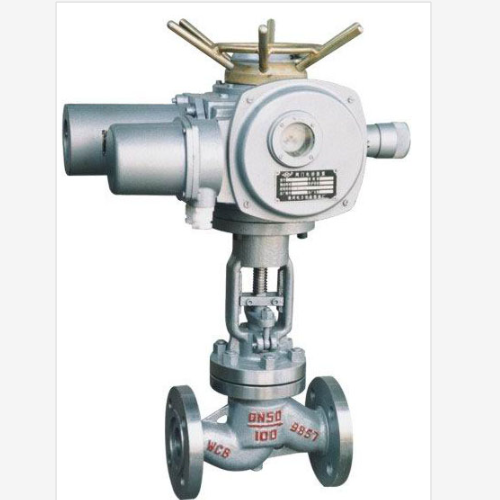Wireless Control Ball Valve for Remote Operation and Automation Solutions
Remote Actuated Ball Valve Revolutionizing Control in Fluid Systems
In today’s fast-paced industrial environment, efficiency and precision are paramount. The remote actuated ball valve is a crucial component that exemplifies these qualities in fluid control systems. This innovative device allows for remote operation of ball valves, providing businesses with both enhanced control and reduced labor costs, making it an indispensable asset in various industries including oil and gas, water treatment, and chemical manufacturing.
What is a Remote Actuated Ball Valve?
A remote actuated ball valve is a type of valve that utilizes an actuator to control its opening and closing from a distance. The ball valve itself consists of a hollow, perforated sphere (the ball) that pivots within the valve body. By rotating the ball 90 degrees, it can either allow or block the flow of fluid. The actuator, which can be pneumatic, hydraulic, or electric, is connected to the valve and provides the necessary force to operate the valve remotely.
The design of the remote actuated ball valve makes it ideal for applications where manual operation would be inconvenient or hazardous. For instance, in the oil and gas industry, valves are often located in challenging, inaccessible areas where manual handling is risky and impractical. The ability to control these valves remotely enhances operational safety and efficiency.
Advantages of Remote Actuated Ball Valves
1. Increased Safety One of the primary advantages of remote actuated ball valves is the enhanced safety they provide. Operators can control the flow of hazardous fluids from a safe distance, minimizing the risk of chemical exposure or accidents. This feature is vital in industries that handle toxic or explosive materials.
2. Efficiency and Cost Savings By automating the control of valves, businesses can significantly reduce labor costs associated with manual valve operation. Furthermore, remote actuation speeds up response times in case of emergency shutdowns or operational adjustments, leading to improved overall productivity.
remote actuated ball valve

3. Precision Control Remote actuated ball valves offer precise control over fluid flow, allowing for consistent operational parameters. This precision is essential in processes that require strict adherence to flow rates, pressures, and temperatures, such as in chemical processing or food production.
4. Integration with Automation Systems These valves can be easily integrated into broader automation and control systems. Modern remote actuated ball valves often come equipped with smart technology, enabling features such as real-time monitoring, diagnostics, and data logging. This integration enhances the overall management of fluid systems and provides valuable insights for maintenance and optimization.
Applications in Various Industries
Remote actuated ball valves see extensive use across multiple industries. In the oil and gas sector, they are commonly employed in pipeline systems for controlling the flow of crude oil and natural gas. Their robustness and reliability in extreme conditions make them suitable for offshore applications as well.
In the chemical industry, the need for precise control and safety is heightened, making remote actuated ball valves ideal for managing the flow of aggressive chemicals. Similarly, in water treatment plants, these valves are integral to regulating flow and pressure, ensuring the efficient operation of the treatment process.
In HVAC systems, remote actuated ball valves can regulate water and refrigerant flow, contributing to energy efficiency and optimal climate control in large commercial buildings. The ability to operate these valves remotely enhances the ease of maintenance and adjustment.
Conclusion
The remote actuated ball valve stands at the forefront of fluid control technology, offering a blend of safety, efficiency, and precision that is hard to surpass. Its application across various industries highlights its versatility and essential role in modern operations. As industries continue to evolve, the integration of advanced technologies in remote actuated ball valves will undoubtedly enhance their capabilities, leading to even greater efficiencies and innovations in fluid management. Embracing this technology not only addresses current challenges but also sets the stage for a more automated and secure future in fluid control systems.
-
The Key to Fluid Control: Exploring the Advantages of Ball Valves in Industrial SystemsNewsJul.09,2025
-
The Versatile World of 1, 2, and 3 Piece Ball ValvesNewsJul.09,2025
-
Stainless Steel Ball Valves: The Ideal Choice for Efficient Flow ControlNewsJul.09,2025
-
Optimizing Fluid Control with Ball Float ValvesNewsJul.09,2025
-
Manual Gate Valves: Essential for Control and EfficiencyNewsJul.09,2025
-
Everything You Need to Know About Butterfly ValvesNewsJul.09,2025
-
The Versatility of Wafer Type Butterfly ValvesNewsJul.08,2025




